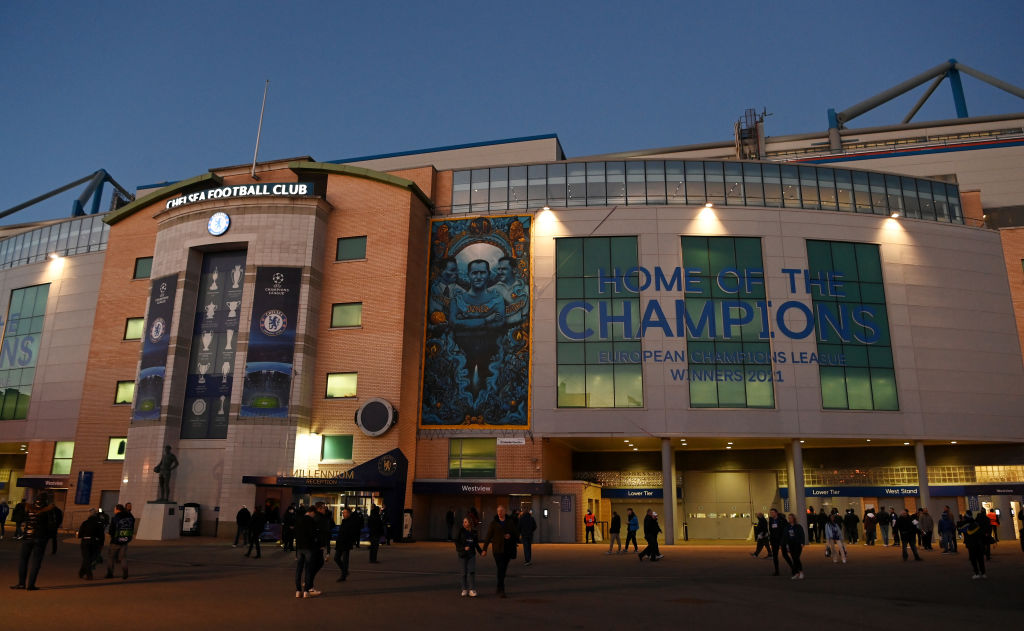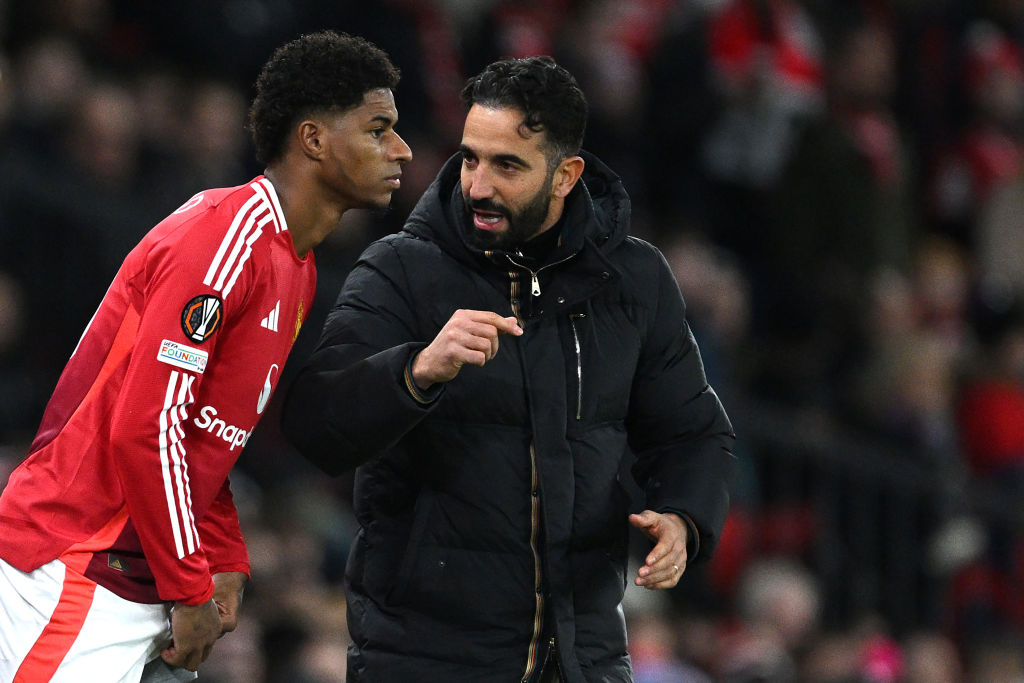The Chelsea crisis: How the Blues will adapt to life after Roman Abramovich
Chelsea have endured £80m losses a season under Roman Abramovich, with the billionaire bailing them out: so how is that going to change going forward?

When the Romans abandoned Britain, they left some famously straight roads. When Roman Abramovich left Chelsea, not entirely of his own volition, he left a club whose path now looks rockier and less straightforward.
Indeed, their journeys will be rather different, with a £20,000 cap on transport per match and Thomas Tuchel joking about driving his players to games in seven-seater vehicles and Kai Havertz volunteering to pay his own way.
Chelsea’s future is laced with uncertainty, from whether they will be able to pay the bills under their current licence to continue from the government to who the next owner is and what the implications. Tuchel has vowed to carry on for the rest of the season but the cast list at Stamford Bridge next season could look very different.
And yet, for a club in an extraordinary, perhaps unparalleled, crisis, Chelsea are well positioned in some respects. If that is a consequence of Abramovich’s largesse, it is in turn a result of where the money of a “pro-Kremlin oligarch” came from; reports of corrupt dealings dating back to the 1990s may paint their transfers in a different light.
But Chelsea did invest in recent years. It gives them both a huge depth of talent and sellable assets. Even as Romelu Lukaku’s £98 million move from Inter Milan shows few signs of working out, and hard as it is to imagine Chelsea will recoup a similar sum, he could still command a big fee. Timo Werner may be in a similar category: Chelsea had the opportunism and funds to pounce when, with a budget crunched by Covid, Liverpool decided against pursuing their interest in him in 2020.
He has not been a success but he is proof Chelsea spent when others could not, which offers them certain advantages. The bank of Abramovich enabled them to step in and sign Havertz, who might otherwise have been bound for Real Madrid, after football stopped. The Champions League final scorer has shown signs of being a generational talent in a recent revival: he could either be the cornerstone of a side or a lucrative sale.
Chelsea’s academy has both reduced their average age (26.9 this season, even if Thiago Silva is over a decade older than that) and created players in a manner that bodes well; Mason Mount and Reece James could be the core of the team for a decade, just as John Terry was when Abramovich bought the club in 2003. Products of an increasingly impressive youth system, from Tammy Abraham to Tino Livramento, helped raise the best part of £100 million last summer.
Get FourFourTwo Newsletter
The best features, fun and footballing quizzes, straight to your inbox every week.
There is the potential for another profitable sell-off: the current squad does not even include Conor Gallagher and Armando Broja, whose value has mushroomed while they have gained experience elsewhere, even if Billy Gilmour’s has not. In Levi Colwill, Harvey Vale and Tino Anjorin, there are other others who could either have an importance on the pitch or the balance sheet.
Under Abramovich, Chelsea stockpiled players, sometimes to a ludicrous extent. Their loan army is smaller than it used to be, but they never cashed in on Tiemoue Bakayoko, Emerson Palmieri and Michy Batshuayi before the Russian was sanctioned. They will form part of the next owner’s inheritance and, while it is apparent Chelsea will never sell three players whose combined cost approached £90 million at their purchase prices, disposing of each could pay a few bills.
Or, perhaps, help pay to rebuild a defence. The major concern on the pitch for any prospective owner could be the reality that Antonio Rudiger, Andreas Christensen and Cesar Azpilicueta are all out of contract; with Chelsea unable to commit to new deals now, the prospects each will leave has increased. The cost of replacements of a similar calibre, like last summer’s target Jules Kounde, would be considerable.
But Chelsea may be moving into a new financial world where signings are cheaper and wages smaller. Sales could become a necessity and an annual feature; the nature of the market may be that the bids arrive for the players they wanted to keep, not those they were keen to lose. Rivals could raid Chelsea in a manner in which they used to prey on them.
Because their annual losses averaged out at around £80 million over Abramovich’s 19 years in charge. Like much else at Stamford Bridge, that may have to change. But at least Chelsea have the players who could bring in suitable sums for several years to cancel out that deficit.
Subscribe to FourFourTwo today and save over a third on shop price
Restock your kit bag with the best deals for footballers on Amazon right now
ALSO READ
DECISIONS, DECISIONS What are Marcus Rashford's options if he does leave Manchester United?
PACKED BAGS Which players will leave Manchester United? 10 players who could be off before next season
Richard Jolly also writes for the National, the Guardian, the Observer, the Straits Times, the Independent, Sporting Life, Football 365 and the Blizzard. He has written for the FourFourTwo website since 2018 and for the magazine in the 1990s and the 2020s, but not in between. He has covered 1500+ games and remembers a disturbing number of the 0-0 draws.


